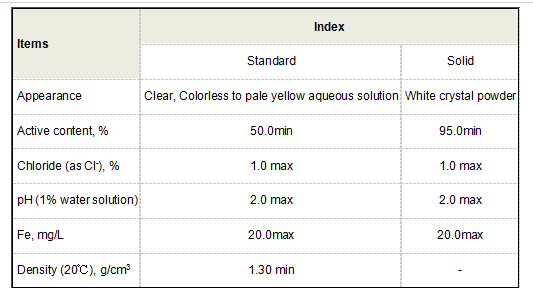polycarboxylic
The Role of Polycarboxylic Acids in Modern Chemistry
Polycarboxylic acids are an important class of compounds in organic chemistry that contain multiple carboxyl (-COOH) functional groups. These compounds play a significant role in various applications, ranging from industrial processes to pharmaceuticals. The versatility of polycarboxylic acids stems from their unique chemical properties, which allow them to participate in a range of reactions and interactions.
One of the most notable polycarboxylic acids is citric acid, which naturally occurs in citrus fruits. Citric acid is a key player in the biochemical processes of living organisms, particularly in the Krebs cycle, which is vital for cellular respiration. Beyond its biological significance, citric acid is widely used as a preservative and flavoring agent in the food industry, as well as in cosmetics and cleaning products due to its chelating properties that can help in binding metal ions.
Another well-known polycarboxylic acid is terephthalic acid, which is crucial for the production of polyethylene terephthalate (PET). PET is a common thermoplastic polymer used in manufacturing beverage bottles, food containers, and synthetic fibers. The growing concern over plastic waste has spurred research into recycling processes and the development of biodegradable alternatives, emphasizing the importance of polycarboxylic acids in sustainable practices.
In addition to citric and terephthalic acids, other polycarboxylic acids, such as succinic acid and fumaric acid, have garnered attention in chemical synthesis and material sciences. Succinic acid, for instance, is being explored as a building block for biodegradable polymers and as an intermediate in the synthesis of various chemicals and pharmaceuticals. Its biological degradability makes it an attractive option in the quest for sustainable materials.
polycarboxylic

Polycarboxylic acids also play a critical role in the field of pharmaceuticals. They are often used as intermediates in the synthesis of active pharmaceutical ingredients (APIs). The presence of multiple carboxyl groups can enhance the solubility and bioavailability of drugs, making them more effective in treatment applications. This property is particularly beneficial in the development of drug formulations aimed at chronic diseases, where consistent and effective delivery is essential.
Moreover, the ability of polycarboxylic acids to form salts and complexes with various metals contributes to their utility in catalysis and as reagents in chemical reactions. Their multifunctional nature allows them to act as ligands in coordination chemistry, facilitating the synthesis of numerous metal complexes used in various industrial applications.
As research continues to advance, the potential for polycarboxylic acids expands. Recent studies have investigated their applications in the fields of bioengineering and energy storage. For instance, polycarboxylic acids have been explored as components in the production of supercapacitors and batteries due to their ability to store and release energy efficiently.
In conclusion, polycarboxylic acids are essential compounds in modern chemistry with diverse applications across multiple fields. Their unique properties not only enable their use in traditional industries but also pave the way for innovative solutions in sustainability, pharmaceuticals, and energy. As the demand for environmentally friendly and efficient materials grows, the importance of polycarboxylic acids will undoubtedly continue to rise, making them a focal point of future research and development endeavors.
-
LK-319 Special Scale And Corrosion Inhibitor For Steel Plants: Advanced Solutions for Industrial Water SystemsNewsAug.22,2025
-
Flocculant Water Treatment: Essential Chemical Solutions for Purification ProcessesNewsAug.22,2025
-
Isothiazolinones: Versatile Microbial Control Agents for Industrial and Consumer ApplicationsNewsAug.22,2025
-
Scale Inhibitor: Key Solutions for Water System Scale PreventionNewsAug.22,2025
-
Organophosphonates: Versatile Scale Inhibitors for Industrial Water SystemsNewsAug.22,2025
-
Scale and Corrosion Inhibitor: Essential Chemical Solutions for Water System MaintenanceNewsAug.22,2025





